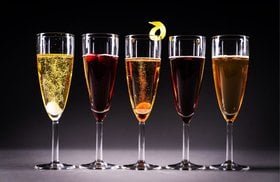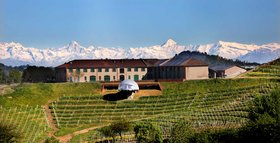Champagne vs Sparkling Wine: 5 Key Differences
Champagne vs sparkling wine - how are they different?
Even though these terms are often used interchangeably, wine drinkers who fancy a good glass of bubbly will know that these two aren’t the same.
All Champagnes are sparkling wines, but not all sparkling wines are Champagnes. Let’s explore the 5 key differences between Champagne and sparkling wine. We’ll also briefly look at how Champagne differs from other famous sparkling wines found worldwide.
Further reading
- Check out this handy guide on the Champagne Region and its best wines.
- Also, find out all about Sparkling Wines, how they’re made, and the best bottles to buy!
Champagne Vs Sparkling Wine: 5 Key Differences
Let's look at the major differences between Champagne and sparkling wine:
1. Wine Region
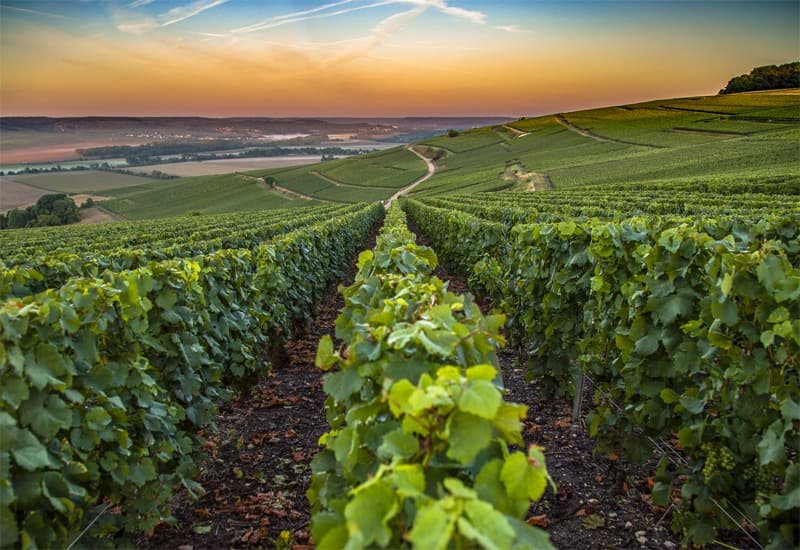
The key difference between Champagne and any other sparkling wine is the wine region. Champagne hails from the Champagne region of France.
Sparkling wine can only be labeled “Champagne” when produced in the Champagne region adhering to the appellation regulations.
On the other hand, you can produce sparkling wine in any part of the world.
For example, Prosecco hails from the Veneto region of Northern Italy, while Cava, a Spanish sparkling wine, hails from the Penedès area in Spain.
2. Grape Varietals
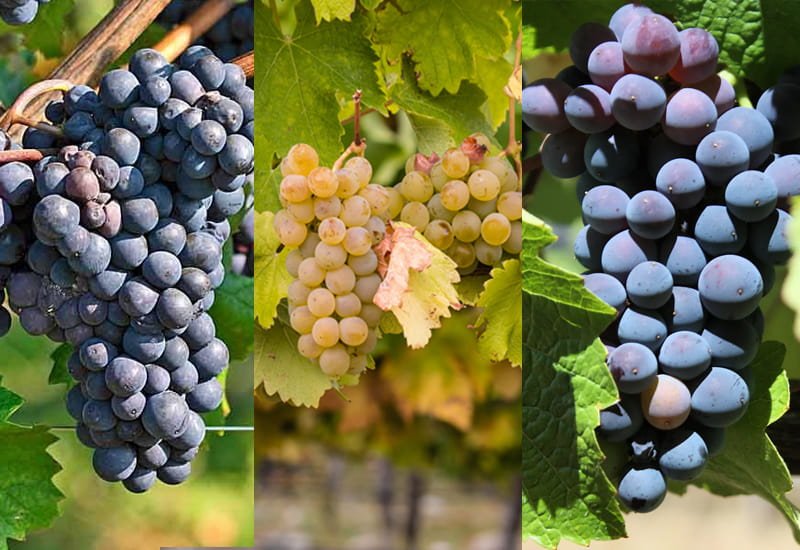
Champagne is produced from three main grape varieties:
- Pinot Noir grapes
- Pinot Meunier grapes
- Chardonnay grapes
Other rarely used grape varieties include Pinot Blanc, Pinot Gris, Petit Meslier, and Arbane.
Meanwhile, sparkling wine can be a varietal wine or a blend of various international grape varieties.
For example, Prosecco (an Italian sparkling wine) is produced using the Glera grape variety. At the same time, Sekt (a German sparkler) is a blend of Pinot Blanc, Riesling, Pinot Gris, and Pinot Noir grapes.
3. Winemaking

The Champagne wine is produced from Methode Champenoise, also called Méthode Traditionnelle, outside the Champagne region.
Under this methode, the yeast and sugars are added to the base wine bottle for secondary fermentation, which gives Champagne its trademark bubbles.
After the fermentation process, the wine is aged for at least 15 months on lees (deposits of dead yeast cells or residual yeast) to add texture and complexity.
The dead yeast cells are then removed through riddling, which is a time-consuming and expensive process. The lees are removed by freezing the bottle. The champagne wine is then aged for months.
Sparkling wine can be produced using the traditional method or the Charmat method.
In this method, the second fermentation takes place in a steel tank. The fermentation is stopped by cooling the wine and filtering it into another tank to remove the lees.
For sweeter wines, more sugar is added in the next stage (called dosage.) Finally, the wine is bottled under pressure and sold off.
However, the quality produced is not as reputable as true Champagne.
4. Taste
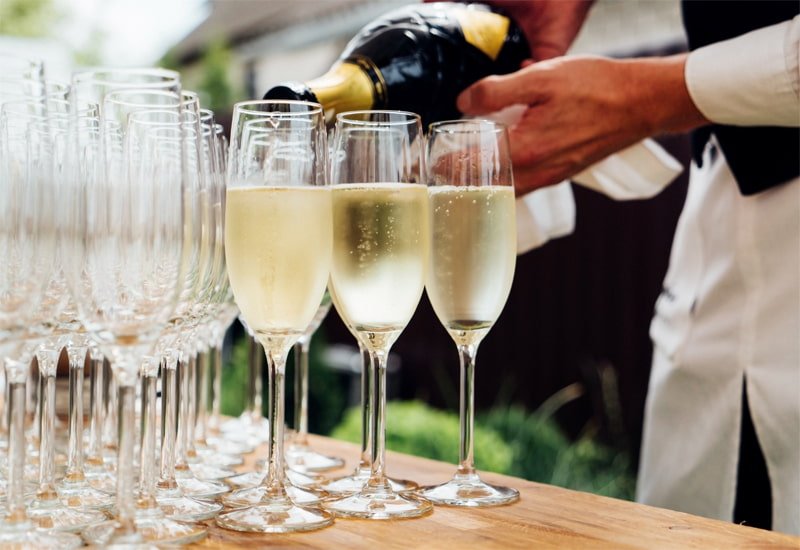
As Champagne wine ages on its lees, it develops a more complex nutty or toasty flavor. A finer vintage Champagne can have aromas like toast, brioche, or biscuit.
Champagne can also range from dry (brut) to sweet depending on the sugar dosage. The ones with more residual sugar are sweeter and fruitier.
Champagne’s longer aging process also renders a more refined and elegant texture.
Meanwhile, sparkling wines are more fresh and fruity, and their bubble consistency varies from coarse to fine.
Prosecco, for example, has more dominant flavors of apple, honeysuckle, peach, melon, and pear. In contrast, Cava has dominant citrus and orchard fruit aromas: quince, yellow apple, lime, and Meyer lemon.
5. Price
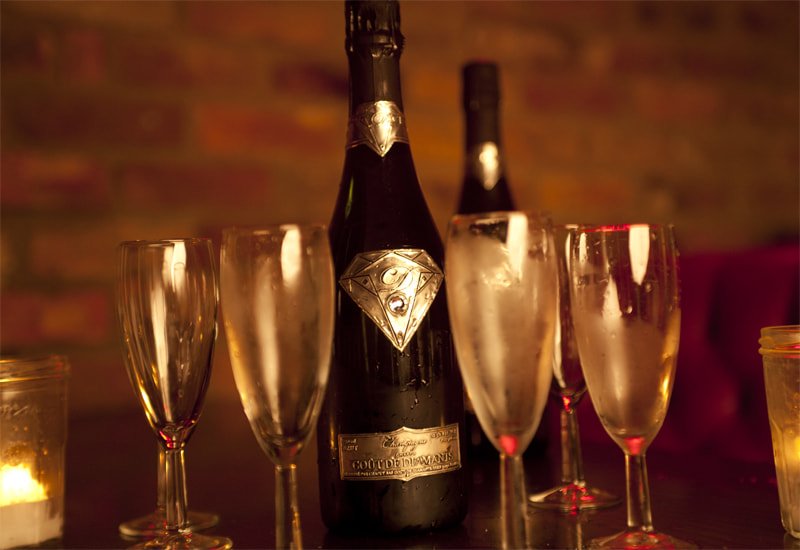
Champagne wine is made via the traditional method, which involves a primary fermentation for base wine, followed by a second fermentation inside the bottle.
The whole winemaking process is quite labor-intensive, which is why it’s produced in limited quantities as compared to other sparklers.
The quality of grape variety used also makes champagnes costlier as only a handful of grapes grown across the Champagne region can be used for its base wine.
A non-vintage Champagne can cost around $30, while a vintage one can cost up to $5000.
A good Champagne wine can age gracefully for around 15-25 years, leading to greater price appreciation. No wonder collectors and investors have such high regard for Champagnes.
On the other hand, a good bottle of sparkling wine like Prosecco can range from $3 to $50.
Types of Sparkling Wines Found Around the Globe
Here are some of the popular ones:
A. French Sparkling Wine (Cremant)

Sparkling wines in other regions of France are also produced using Methode Champenoise. As these wines are produced outside the Champagne region, they are called “Cremant.”
They can be sweet, rosé, or brut (dry.)
B. Prosecco

Prosecco wine is produced in the Veneto region of Northern Italy. Made of Glera grape, this Italian wine has a fruity aroma with large bubbles.
Prosecco can be sweet, brut (dry), or off-dry.
C. Cava

Cava is a sparkling white wine from Spain made with Parellada, Macabeu, and Xarello grape varieties. This white wine has a zesty citrus flavor.
D. American Sparkling Wine
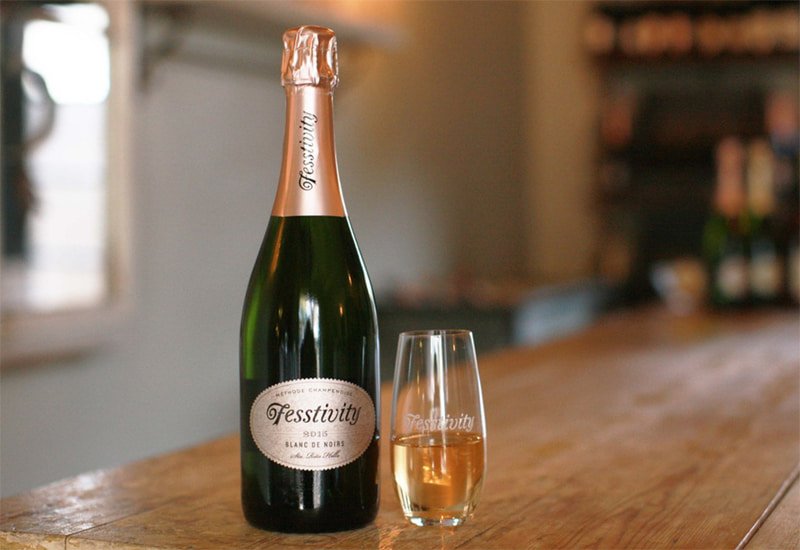
American sparkling wines have diverse blends and flavors. Some use the traditional Champagne method and grapes, while others may have their own unique recipe.
E. Sekt

Sekt is a German sparkling wine that’s sweeter than Champagne, Cava, or Prosecco. It has a creamy texture with strong fruity and floral notes.
Add a Fancy Champagne or Sparkling Wine to Your Cellar!
Both Champagne and sparkling wine make for a great celebration drink.
If you want to add sparkle to your celebrations, a glass of Prosecco or Cava will serve you well. And if you want to invest in good sparkling wine, go for a French Champagne.
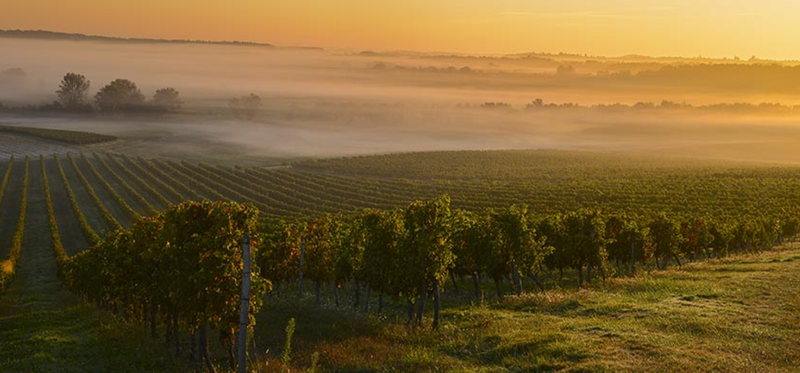
A trusted wine investment company like Vinovest will help you source, store, and sell authentic wine from across the globe.
So, sign up today and start building an impressive collection of Champagne and other fine wines.


